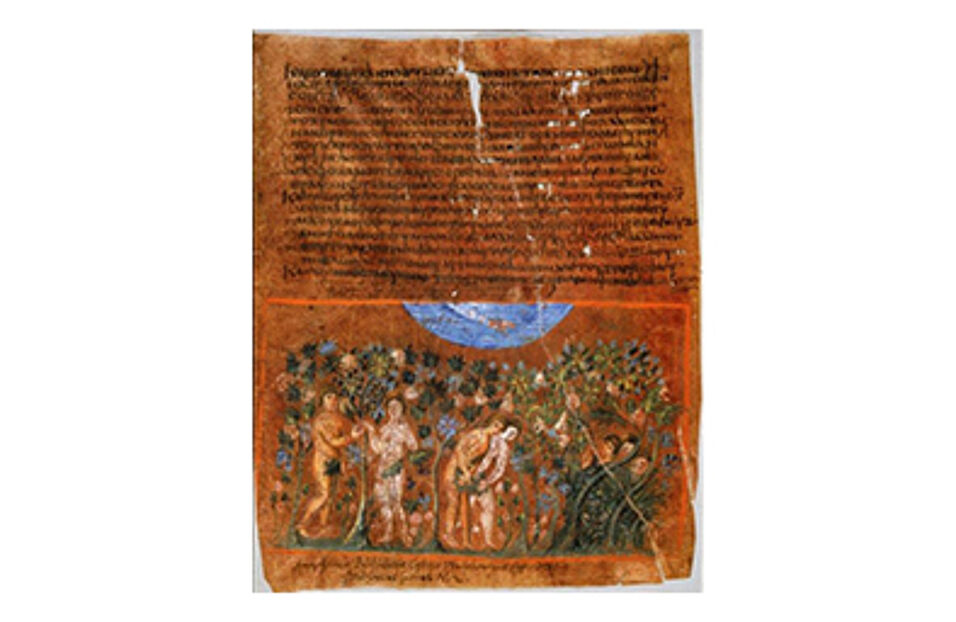V O R T R A G im Rahmen der STEOP Vorlesung: Einführung in die spätantike und frühchristl. Archäologie
Dr. Barbara Crostini (University of Uppsala)
Mittwoch, den 25. März 2020 um 10 Uhr c.t.
(abgesagt, wird nach Möglichkeit verschoben)
Gäste willkommen!
Kurt Weitzmann (1904-1993) remains a giant figure in the study of Byzantine art. Weitzmann's 'Lachmannian' methodology has been criticized for bulldozing over the subtleties of transmission and reducing research into manuscript illumination to a game of unverifiable reconstructions based on iconography alone. Nevertheless, the idea of enduring models has some appeal, not really for reconstructing the past, but rather for assessing continuities with the known future, medieval worlds it characterises. For example, some of the exceptional paintings from Dura Europos, supposedly buried from 256 AD onwards, bear an uncanny resemblance to later Byzantine representations, in both frescos and manuscripts. Can Weitzmann's methodology help us explain how and why this happened? How does it define the relationship between Jewish and Byzantine art? Taking another look at Weitzmann's methodology, or rather, trying to apply it to the evidence from another angle, may rescue it at least partially from some of its by now widely acknowledged failures.

